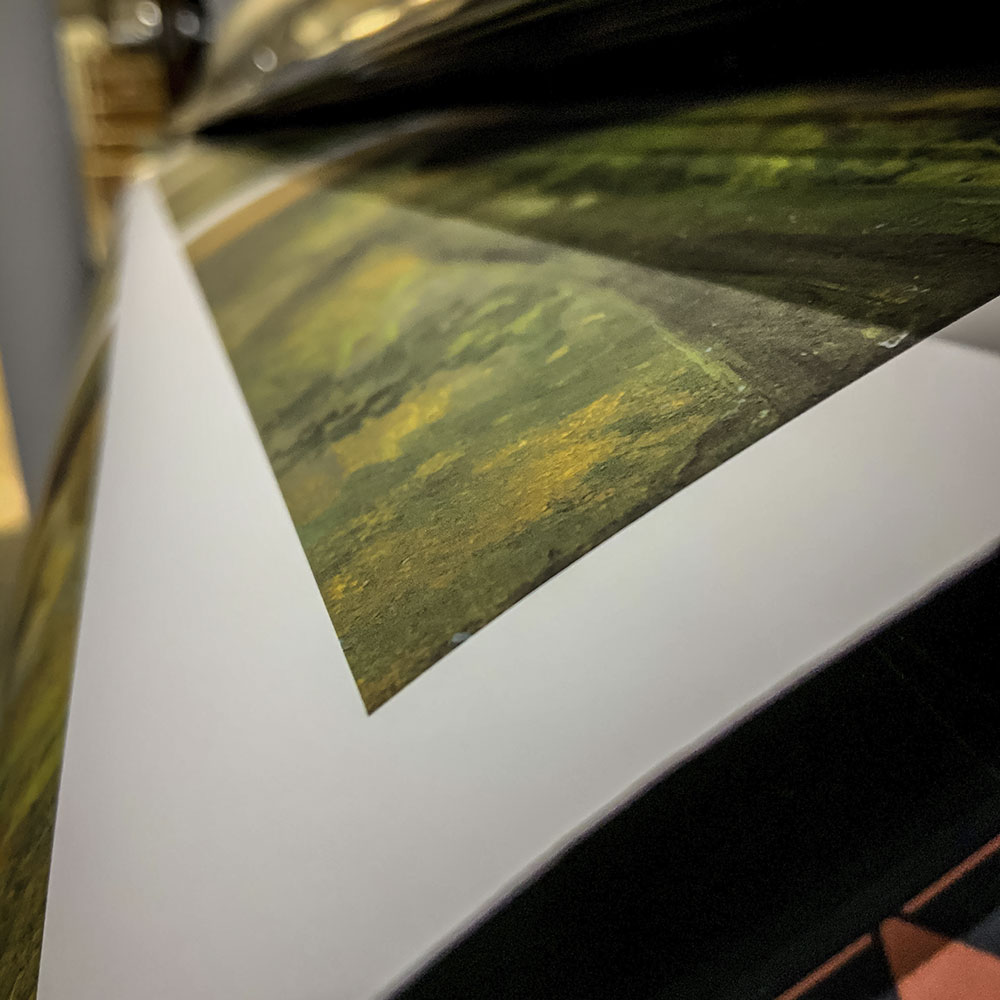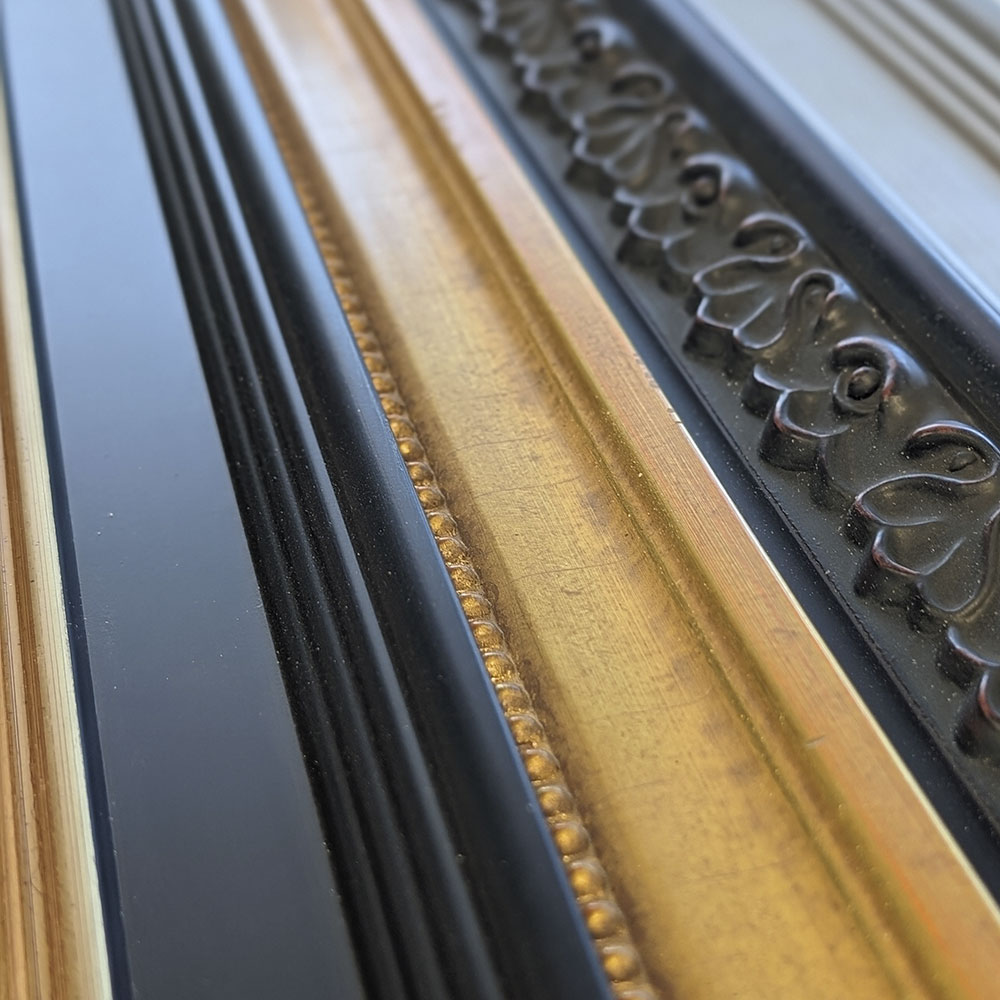Rufino Tamayo (Mexico, 1899–1991), Arrangement of Objects (Arreglo de objetos), 1928.
Oil on canvas; 19 1/2 × 23 1/2 in. (49.53 × 59.69 cm);; Los Angeles County Museum of Art, The Bernard and Edith Lewin Collection of Mexican Art (M.2006.213.2); © 2024 Rufino Tamayo / Licensed by VAGA at Artists Rights Society (ARS), New York.
The art and literary magazine Contemporáneos first appeared in Mexico in 1928, privileging personal expression and creativity as counterpoints to the narratives of nationalism that arose in cultural circles following the Mexican Revolution (1910–20). At a time when detractors criticized easel painting as elitist, artists associated with Contemporáneos, including Rufino Tamayo, created small-scale paintings that introduced avant-garde themes and ideas.
Arrangement of Objects appeared in an exhibition organized by the magazine in December 1928. The composition assembles a grouping of seemingly disparate objects, thrust together despite their incongruity. The fingers of the hand curl in relaxed manner, as if about to touch the pineapple or in a moment of rest. However, the limb ends abruptly just below the elbow, pierced by a metal rod signaling that this disembodied hand belongs to a mannequin, rather than a living person. The hand simultaneously suggests a human presence and its absence, invoking the uncanny associations favored by the Surrealist movement, ideas that resonated in the pages of Contemporáneos.
For more information see the catalogue entry by Rachel Kaplan in Rufino Tamayo: The Essential Figure, 2019, pp. 16–17.


